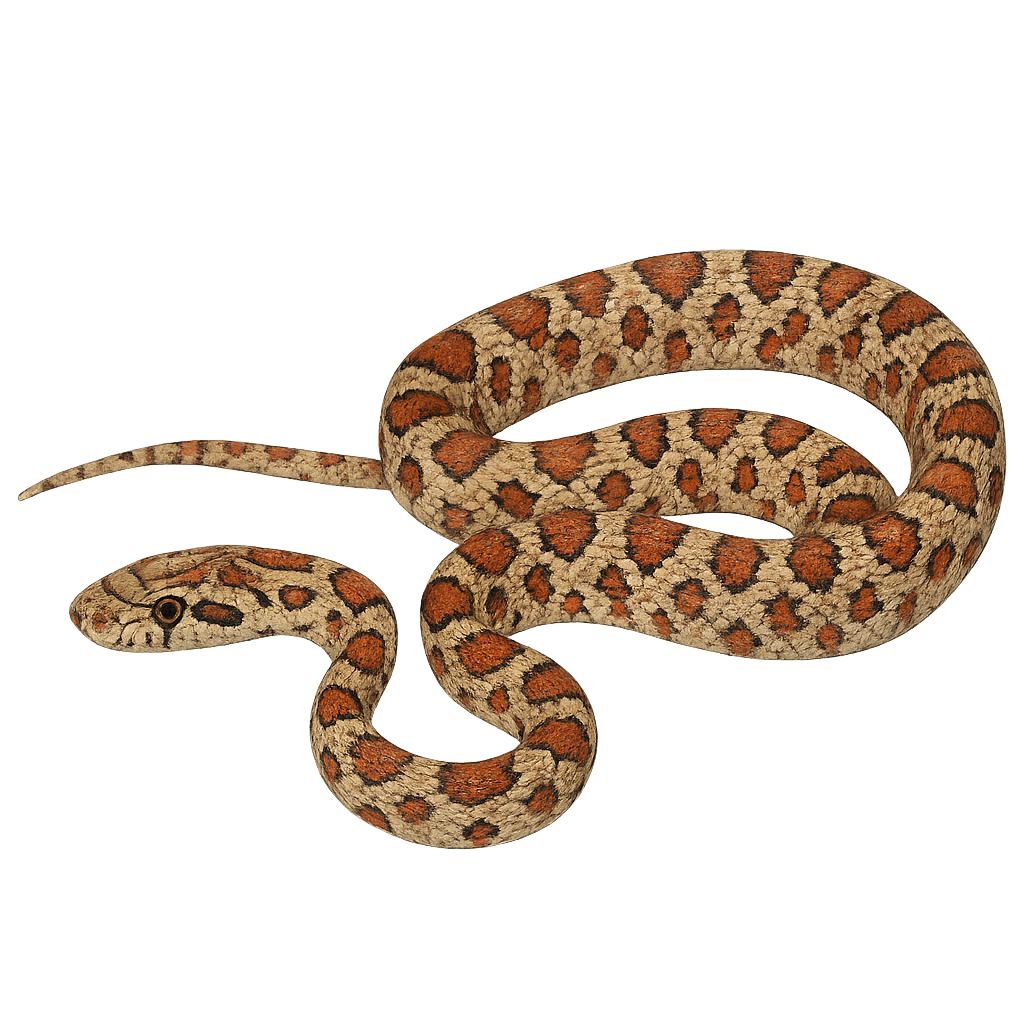Your wildlife photography guide.
Explore the leopard snake in detail, study its behavior, prepare your shots.
Where to observe and photograph the leopard snake in the wild
Learn where and when to spot the leopard snake in the wild, how to identify the species based on distinctive features, and what natural environments it inhabits. The WildlifePhotographer app offers tailored photography tips that reflect the leopard snake’s behavior, helping you capture better wildlife images. Explore the full species profile for key information including description, habitat, active periods, and approach techniques.
Leopard Snake
Scientific name: Zamenis situla

IUCN Status: Least Concern
Family: COLUBRIDAE
Group: Reptiles
Sensitivity to human approach: Suspicious
Minimum approach distance: 3 m
Reproduction period: September to April
Incubation: 68–69 jours
Births: September to April
Habitat:
Rocks, dry meadows, cultivated areas
Activity period :
Active during the day when temperatures are favorable, often seen basking in the sun.
Identification and description:
The Leopard Snake, Zamenis situla, is a non-venomous snake known for its distinctive color pattern, featuring reddish-brown spots bordered with black on a gray or beige background. It is mainly found in southern Europe, particularly in Italy, Greece, and the Balkans. This snake prefers dry, rocky habitats, often near cultivated areas. Typically measuring between 60 and 90 cm, it is agile and feeds primarily on small mammals and birds. Although discreet and somewhat suspicious, it is not aggressive towards humans. Its conservation is concerning due to habitat loss and human persecution.
Recommended lens:
100 mm – adjust based on distance, desired framing (portrait or habitat), and approach conditions.
Photography tips:
To photograph the Leopard Snake, choose sunny days when the snake is active. Use a telephoto lens of at least 100 mm to capture detailed images without disturbing the animal. Look for rocky areas or dry meadows where it is likely to bask in the sun. Be patient and discreet to avoid scaring it away. The natural light of the morning or afternoon is ideal for highlighting the colorful patterns of its skin.
The WildlifePhotographer App is coming soon!
Be the first to explore the best nature spots, track rutting seasons, log your observations, and observe more wildlife.
Already 1 431 wildlife lovers subscribed worldwide

